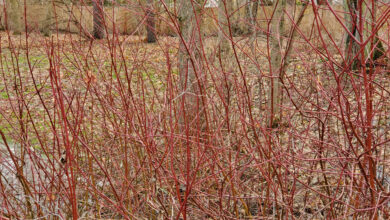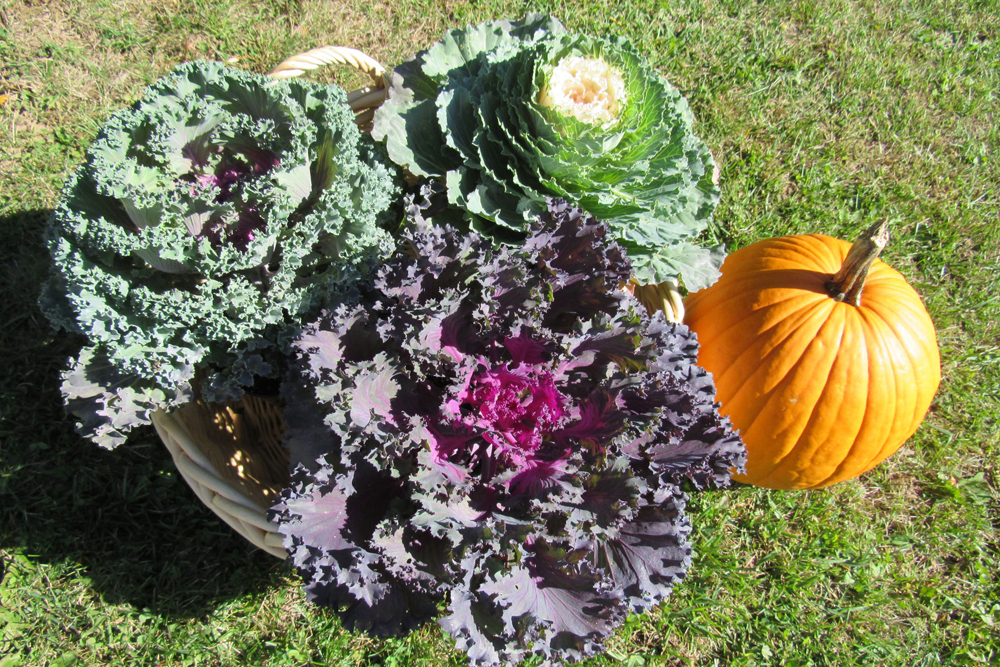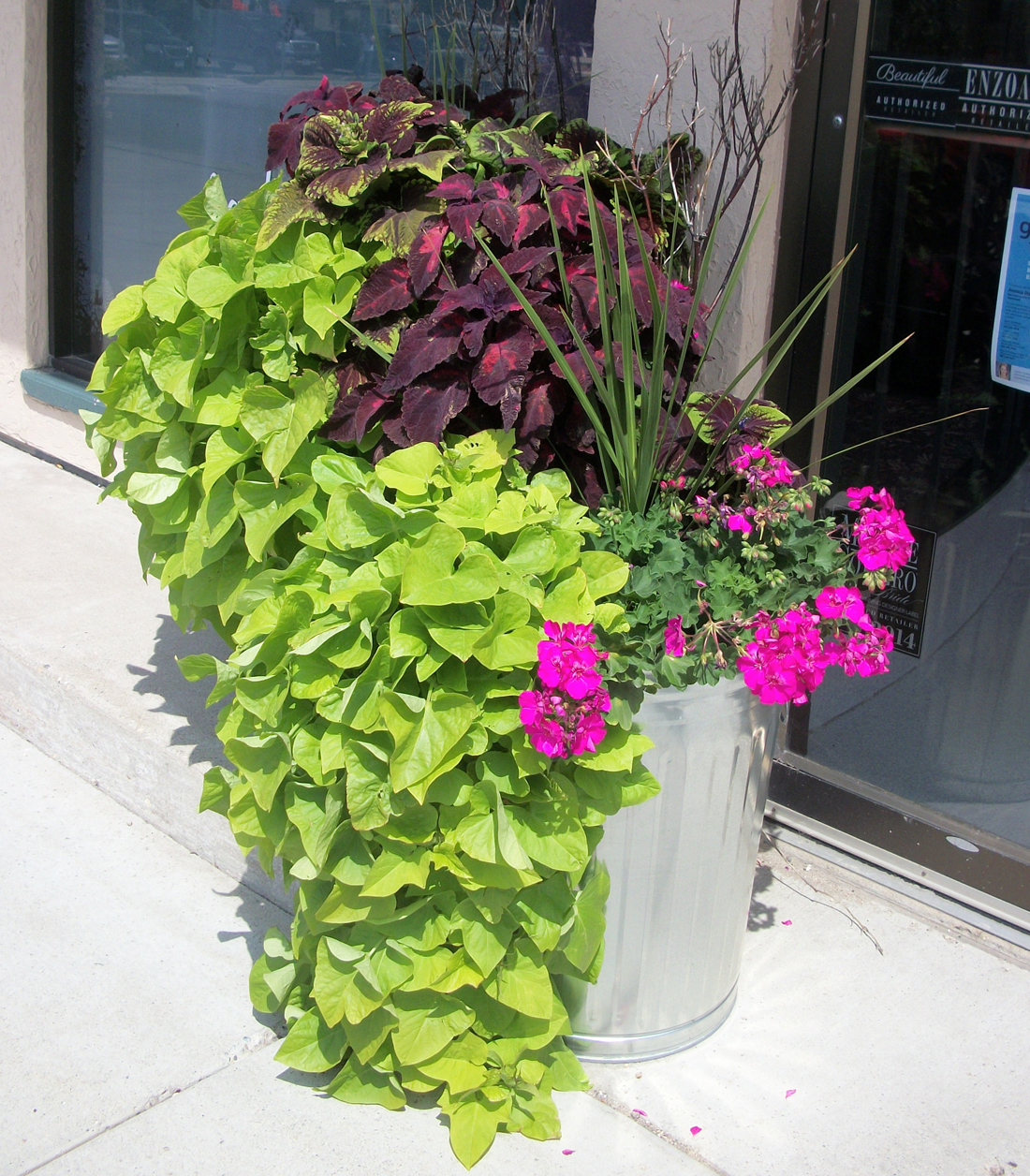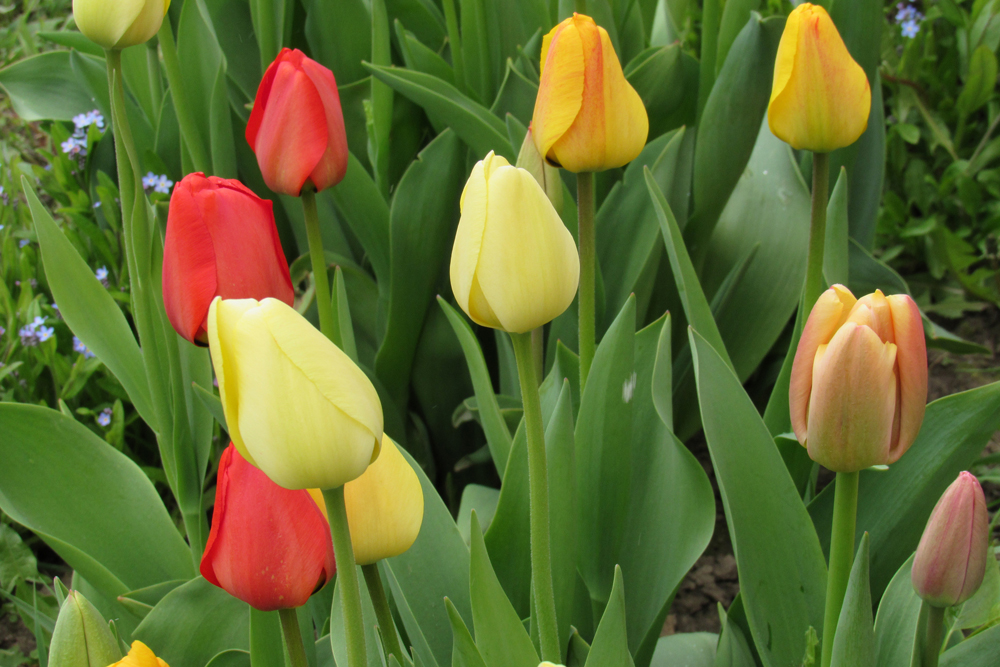The Year of the Sunflower

Sunflowers may be the most cheerful addition you can make to your garden. Their bright, sunny blossoms come in many sizes and a variety of colors – from soft yellow to bright yellow, orange, red, and even burgundy – and they are happy to grow in most garden conditions. The National Garden Bureau has designated 2021 the Year of the Sunflower, so now is the perfect time to celebrate these easy to grow and versatile plants.
According to the National Garden Bureau, sunflowers are native to the Americas.
Seeds have been found in Mexico that date back to 2100 BC. Native Americans grew sunflowers as a crop, and sunflowers made their way to Europe via explorers in the 1500s, where their popularity grew.
You can use sunflowers in multiple ways in your landscape. Most modern sunflowers are annuals, which are easily grown from seed planted directly into the soil. Plant sunflowers throughout the growing season (succession planting), and you will have blooms right through autumn. Additionally, there are perennial sunflowers (Helianthus maximiliani) that will come back and bloom in your garden year after year.
Choose annual sunflower varieties according to how you would like to use the blooms. Single stem varieties are bred for consistent, beautiful blossoms on strong, tall stems. The National Garden Bureau advises single stem varieties for high-density plantings. Succession planting is especially important for single stem varieties if you want continuous bloom throughout the season. Branching varieties produce multiple shorter stems, and once blooming begins, it will continue until the end of the season. Branching varieties make great cut flowers (as do single stem varieties) and are ideal for mixed bouquets. There are sunflower varieties now bred to be perfect for container gardens (Teddy Bear and Suntastic) and pollen-less varieties for those who are growing for cut flowers (ProCut and Sunrich Series are two).
If you want to support pollinators, traditional pollen-producing varieties are great and include the beautiful Soraya and Ring of Fire which are AAS Winners, as well as the very cheerful Valentine. Soraya is also a branching variety.
For children and sunflower houses, think of tall sunflower varieties like American Giant and Kong, and if you want edible seeds, try Feed The Birds, Mongolian Giant, or Super Snack Mix. Of course, all sunflowers attract birds to your yard. If you want to protect the seed head for your own harvest, cover it with a burlap bag or other covering to prevent the birds from snacking.
Sunflowers hold up very well after cutting. For the vase, cut when the flowers are just opening, early in the morning. Remove leaves below the water line. Open blooms actually last quite a long time outside the vase and can be used to decorate tables for dinner parties and celebrations. Simply cut the flower head off the stem and set the blooms down the center of the table or next to arrangements of cut flowers. You can also use just the flower head with a bit of stem to decorate gift packages.
When planting sunflower seed directly into the soil, plant them 1/4 to 1/2-inch deep and keep the soil moist. Sunflowers are easy to grow but need full sun and good drainage. Fertilizer is not necessary and may encourage more tender foliar growth, which can be attractive to rabbits and deer, especially when the plants are small.






